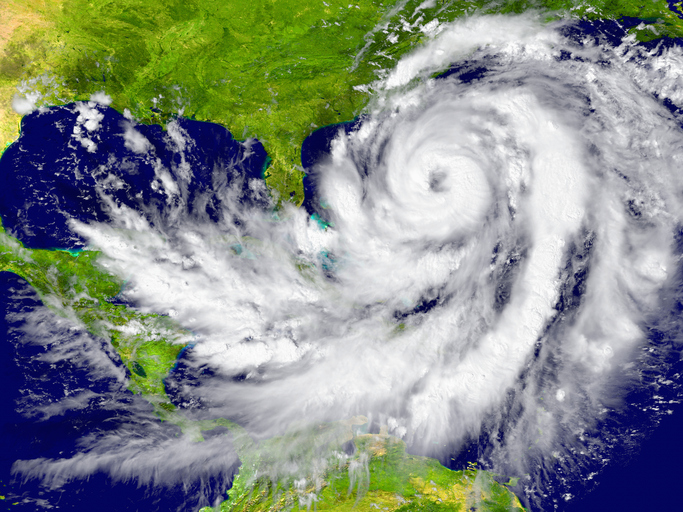The exposure for these large investors stems from their ownership in catastrophe bonds, which are issued by insurers or entities seeking insurance. The investors receive interest payments but can lose their principal if certain disasters occur.
About $15.7 billion in outstanding catastrophe bonds have potential exposure to Florida, where Michael was set to make landfall, according to reinsurance broker Aon Securities. In addition to cat bonds, some of these investors also have exposure to hurricane risk through other types of insurance-linked securities.
Michael could cause between $1 billion and $3 billion in insured losses, B. Riley FBR Inc. estimates. If Michael makes landfall as a Category 3 storm, it could affect about 57,000 homes in the Florida Gulf Coast with a total reconstruction value of about $13.4 billion, according to analytics firm CoreLogic .
The insurance industry is less on edge ahead of Michael than it was in September 2017, when Hurricane Irma looked like it could make landfall near Miami. Irma ended up turning up Florida’s west coast.
“If you have a large category storm bearing down [near Miami], there’s going to be a lot more exposure than if you have something that goes into a less populated or less dense part of the state,” said Paul Schultz, chief executive of Aon Securities.
Large investors have piled into cat bonds in recent years as they sought diversification and higher returns. The risk to bondholders is they can lose their principal if certain events occur, like hurricane winds above a certain speed or damages that exceed a certain dollar threshold. There are now $30 billion of these securities outstanding, up from roughly $26 billion a year ago, according to Aon.
Insurance companies typically cover losses up to a certain amount, then use reinsurance or securities such as cat bonds to help cover losses above that amount. That means many cat bonds that include exposure to Florida wouldn’t be triggered unless the storm causes significant damage.
Many property insurers in Florida rely heavily on reinsurance and in part on cat bonds to manage their risk. Almost $1 billion in cat bonds and insurance-linked securities is exclusively exposed to Florida catastrophe risk, according to data provider Artemis.
Following large losses from hurricanes in 2004 and 2005, many large home insurers shrank their presence in the Florida market. Florida’s home-insurance market is now dominated by small to midsize carriers.
The biggest home insurers by market share in Florida are Universal Insurance Holdings Inc., State Farm and Tower Hill Group, according to ratings firm A.M. Best.
Insurers have historically focused on the wind damage caused by hurricanes, as standard home-insurance policies don’t cover flood damage. Homeowners in flood-prone areas are typically required or encouraged to purchase separate flood insurance from the federal government.
But some insurers and investors are more exposed to flood damage than in the past, as the U.S. government’s flood-insurance program has purchased reinsurance since last year and issued its first cat bond this year.
The Federal Emergency Management Agency’s cat bond would cover up to $500 million of the National Flood Insurance Program’s losses for a single event, but only if those losses exceed $5 billion. The NFIP paid nearly $10 billion in claims following hurricanes Harvey, Irma and Maria in 2017.













